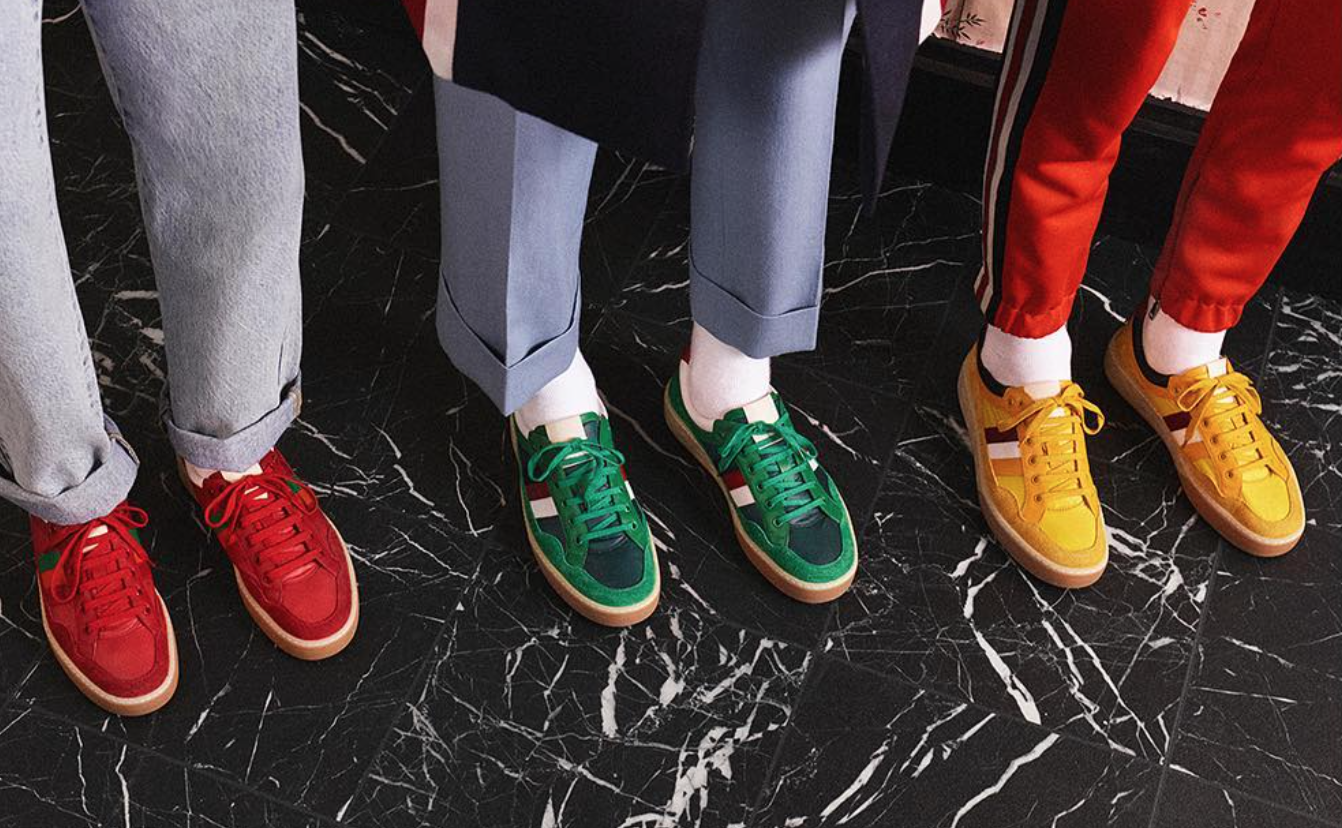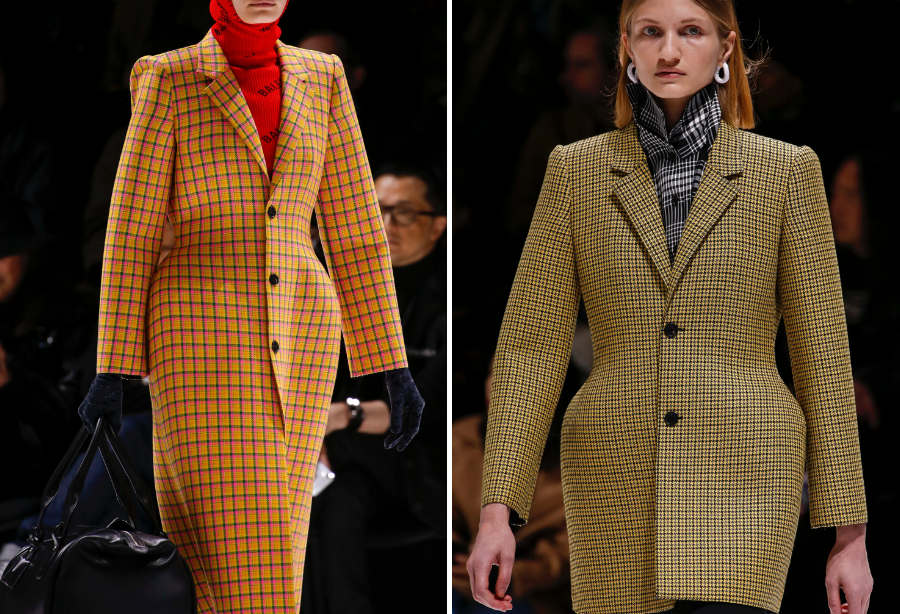
image: Gucci
Robots are making $650 Gucci sneakers. That is right; a patent-protected robot – which is housed in Gucci’s ArtLab prototype factory on the outskirts of Florence and referred to as “Reingenious,” according to the Financial Times – assembles shoes, with Gucci CEO Marco Bizzarri estimating that as much as 30 to 35 percent of Gucci’s production can be completely automated in the not-too-distant future.
Gucci’s exploration of technology-specific manufacturing methods come as the marquee brand under the umbrella of luxury conglomerate Kering and its rivals look to find ways to increase their output to meet the steady demand from Chinese consumers, in particular. It also coincides with the larger trend of fashion industry giants bringing manufacturing in-house and out of the hands of external suppliers as a way to reduce lead times on production and “to make sure other brands are not stealing supply,” Bizzarri noted recently.
“If you internalize production,” he says, “you are able to experiment much more in terms of innovation.” And with this in mind, Gucci plans to cut its use of independent suppliers to 40 percent of its leather goods production over the long term, down from its current figure of 75 percent.
Meanwhile, fellow Kering-owned brand Balenciaga is beginning to venture into the tech realm to up the ante in terms of production. “Demna Gvasalia’s fall 2018 show for Balenciaga was revolutionary for fashion,” proclaimed Cathy Horyn in March. “To my knowledge, it’s the first time a major luxury brand, and one with a legacy of architectural elegance to boot, has used 3-D printing and molding technology to produce tailored coats and suit jackets.” Leave it to Demna Gvasalia to put forth one of the most markedly wearable uses of 3D printing that high fashion has seen … maybe ever.

The Balenciaga creative director is not the first to trot out models in technologically-forward creations. Iris Van Herpen has long owned this space, and Chanel produced 3D printed tweet suits as part of its Fall 2015 couture collection. But he is one of the first to make a convincing argument in its favor, to offer up garments that are more garment than (otherwise unwearable or not-so-easily wearable) science experiment. The latter is, after all, one of the more common takeaways when it comes to the use of 3D printing on the runway – a yield of even more avant-garde, “unwearable” garments (for all but those who throw practicality to the wind) than usual.
The lineup of tailored Basque jackets of varying lengths, sculpted so perfectly to the models’ hips, were the printed product of Gvasalia and his team scanning the models’ bodies in 3D and creating individualized molds for each. From there, the tweed, houndstooth, and velvet fabrics were applied onto the molded jackets, which consisted of a single piece of cloth,” or better yet, a super-lightweight foam.
It seems that both Gucci and Demna, like adidas with its various 3D printed heels and other mainstream shoe components, are looking to prove that technology-centric manufacturing can be implemented in the world of high fashion. Although, not everyone agrees. As Prada co-CEO Patrizio Bertelli told the FT, “There are some things you can use a robot to make, like sneakers, or to run a warehouse, but to use one to make a luxury product like a handbag? That is impossible.”











